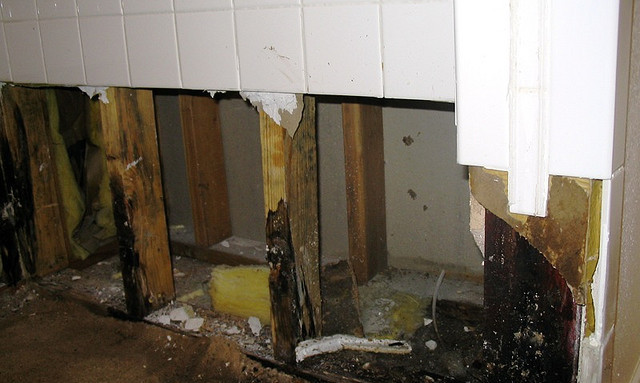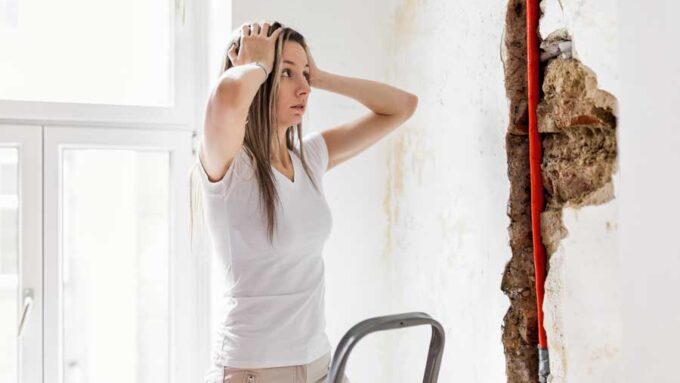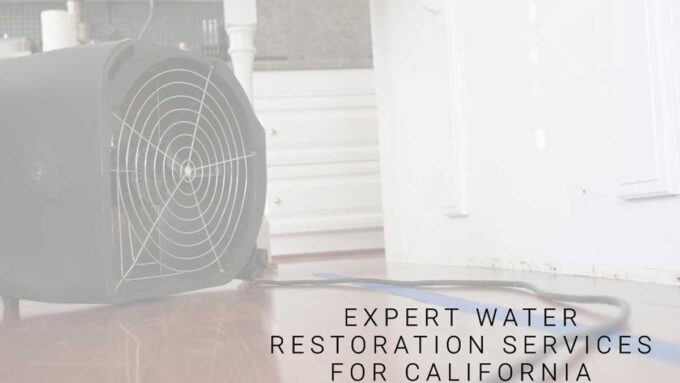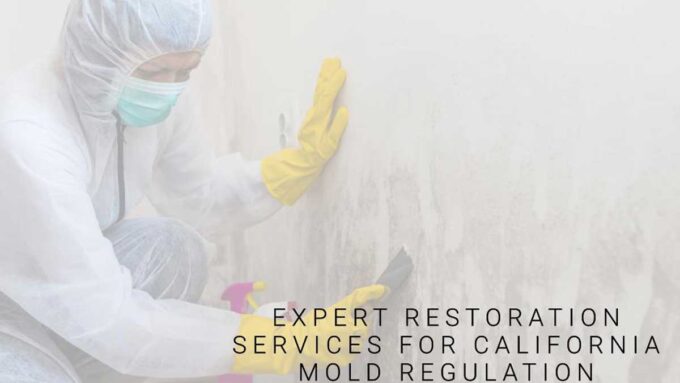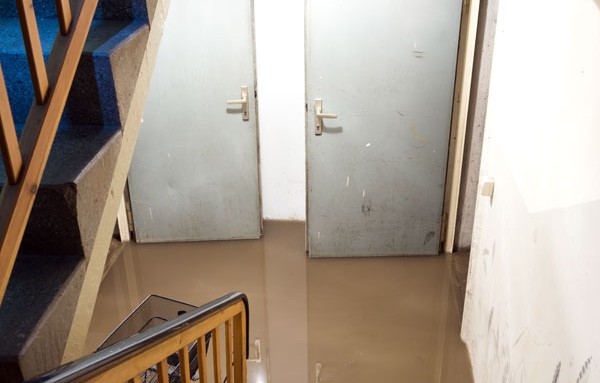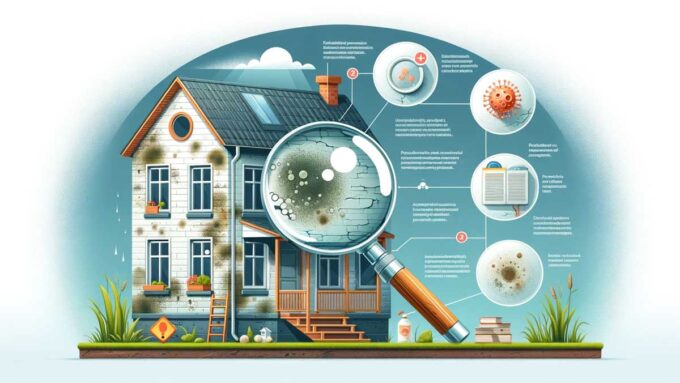No matter how careful you are, there will always be some level of mold in your home.
At the same time, there are things you can do to lower the risk of introducing new mold and stop the spread of existing mold throughout your home.
For home improvement projects, consider these tips.
How Mold Thrives
Mold is a hardy fungus that exists everywhere. The basic things needed for new or spreading mold are moisture/humidity, food sources and the right temperature.
Mold grows in your home when conditions are right with moisture, dampness or humidity. If there’s an undetected water leak, high condensation areas or a damp basement, it’s a pretty sure bet that mold is lurking in these places.
Mold needs a food source which isn’t exclusive to rotting food. Mold also feeds and thrives on materials in your home such as wood, drywall, glue, fabric/textiles or carpeting.
Mold also thrives in temperatures between 60 and 80 degrees Fahrenheit, which is precisely the temperature range of most American homes. Mold spores can also go dormant until ideal temperatures resume.
Mold Resistant Building Materials
Although you can never completely eliminate mold, you can work to decrease conditions and use materials in your home to help stop mold growth.
Note that some of these mold-resistant products contain fiberglass, which by nature, is mold resistant. Unlike the fiberglass used in construction decades ago, today’s fiberglass is designed to eliminate or greatly minimize dangerous airborne emissions.
Depending on your home improvement project, consider using some of these mold resistant materials.
Wood
- Treated with fungicide protection
- Termite resistant
Drywall
- Uses fiberglass facing instead of paper facing, which mold uses as food source.
- Differs from water-resistant drywall which is good for blocking excessive moisture issues, leaks and water damage. Mold resistant drywall is specifically designed to prohibit the growth of mold.
- Don’t forget to couple it with mold-resistant drywall tape.
Sealant
- Features a protective fungicide coating, in addition to antimicrobial properties.
- Mold resistant sealant can be used on wood or drywall to further prevent moisture issues and reduce the chance of mold growth.
Insulation
- Treated with fungicide protection
- Water resistant
Caulk
- Features both protective fungicide and anti-mildew coatings.
- Don’t caulk over existing mold. Clean mold thoroughly before applying. Mold resistant caulk is excellent at preventing odor and stains, too.
Paint
- Features fungicide protection, in addition to antimicrobial properties.
- Mold resistant paint cannot be used to paint over existing mold. Be sure all surfaces are thoroughly cleaned of mold before using the paint.
Conclusion
For home improvement or remodeling projects, consider using mold-resistant building materials as a preventive measure against future mold problems.
To schedule an appointment for professional mold prevention services or remediation, call RCS in Santa Rosa.


